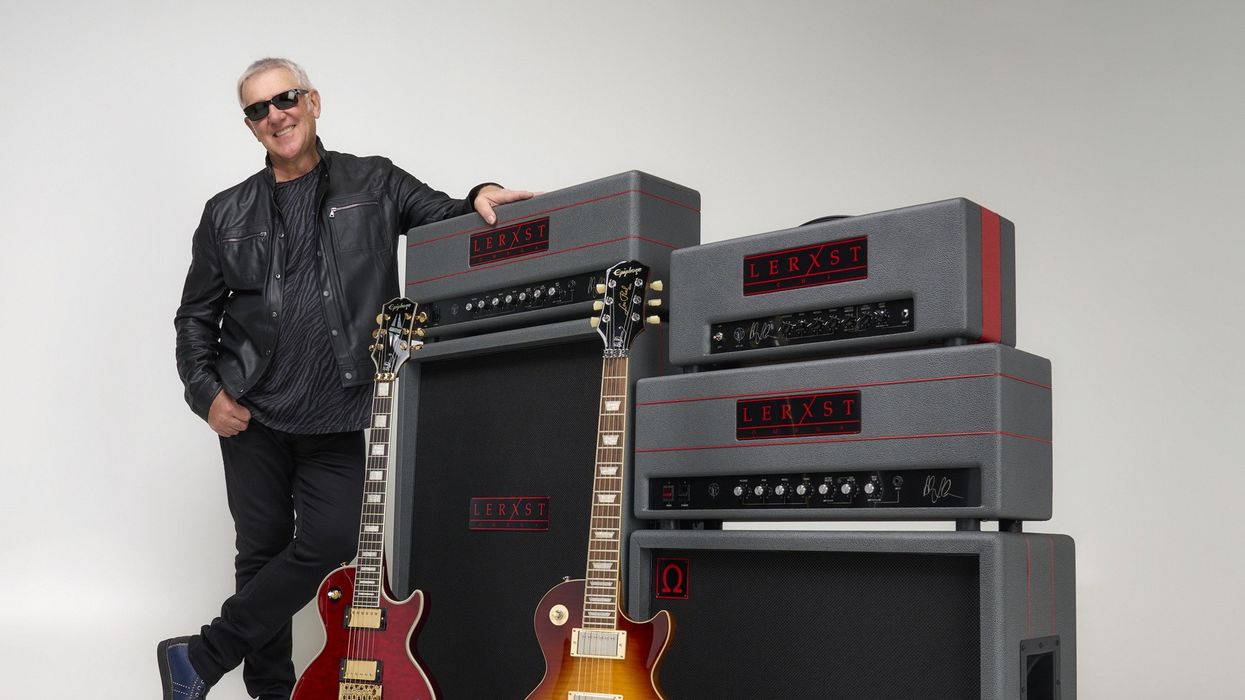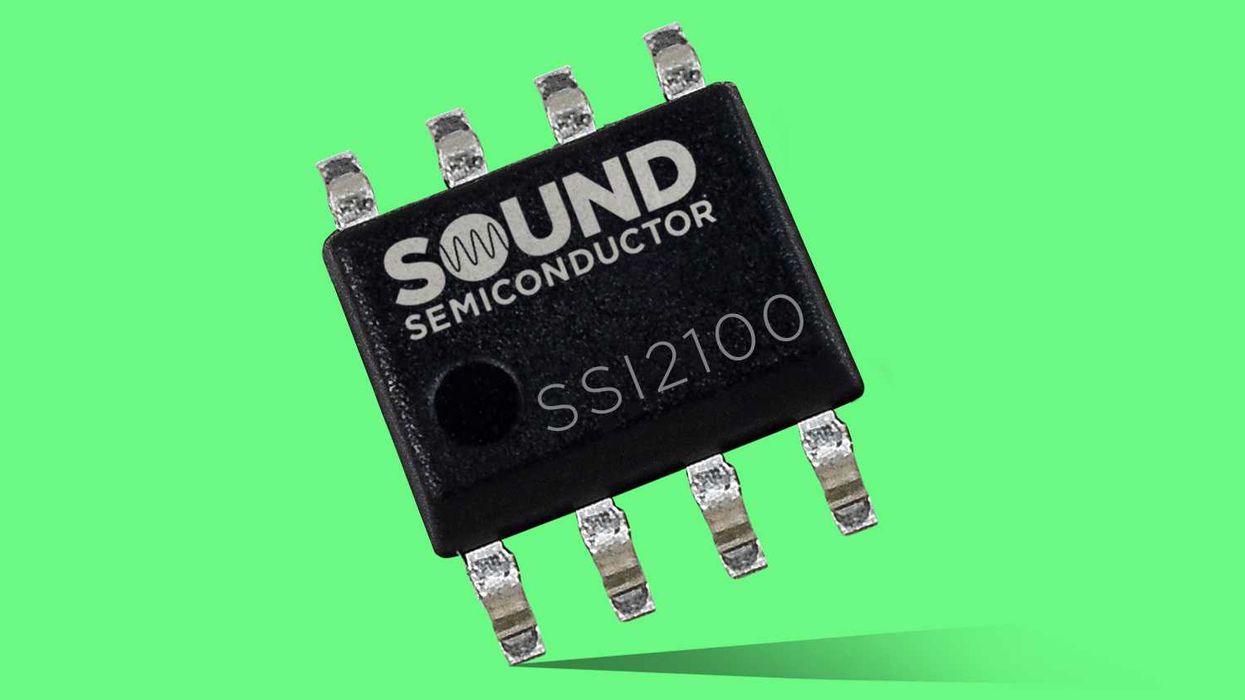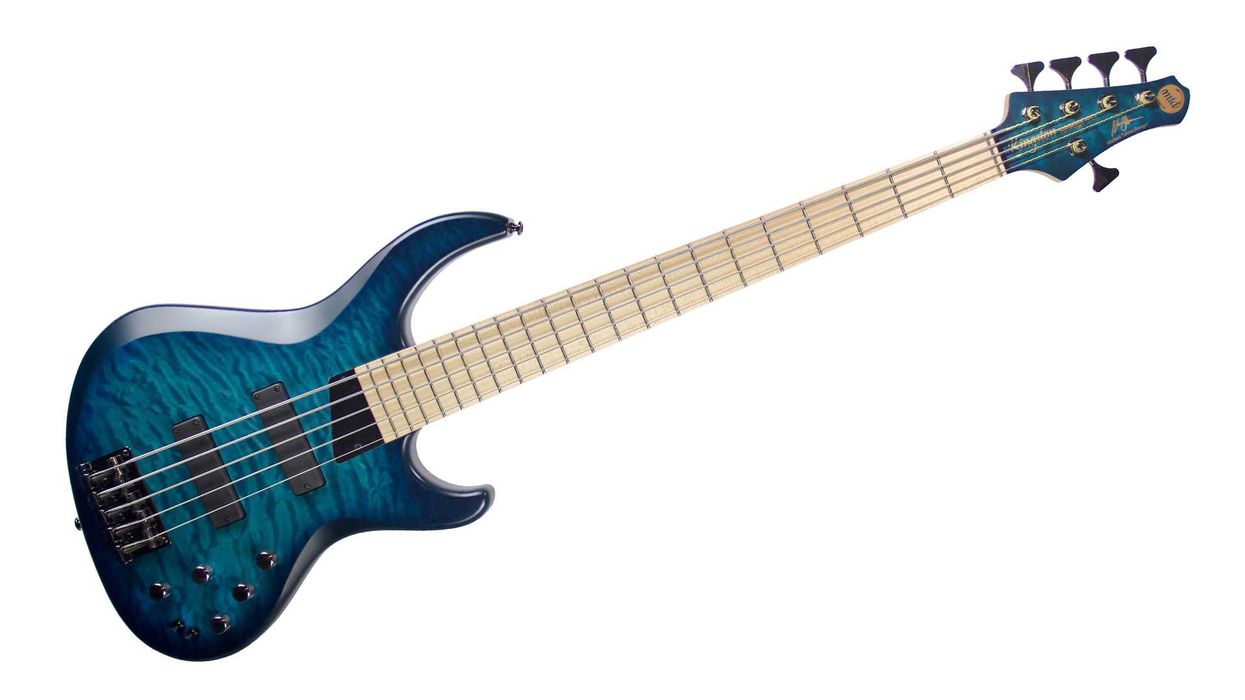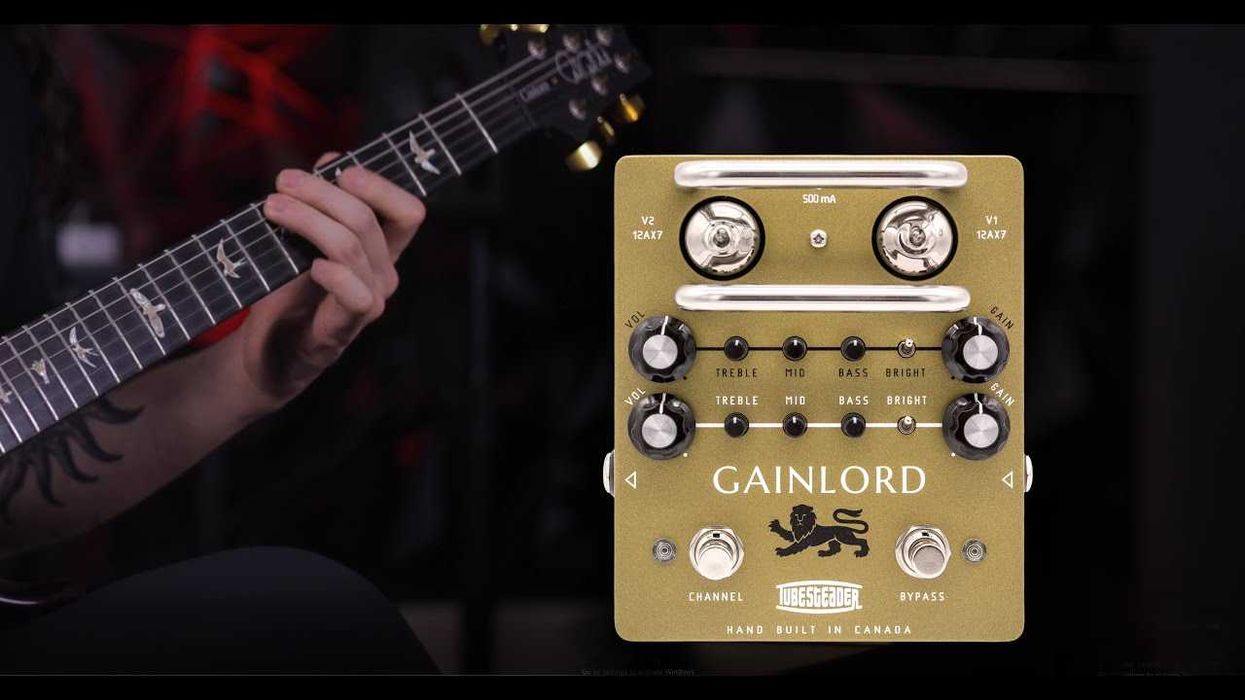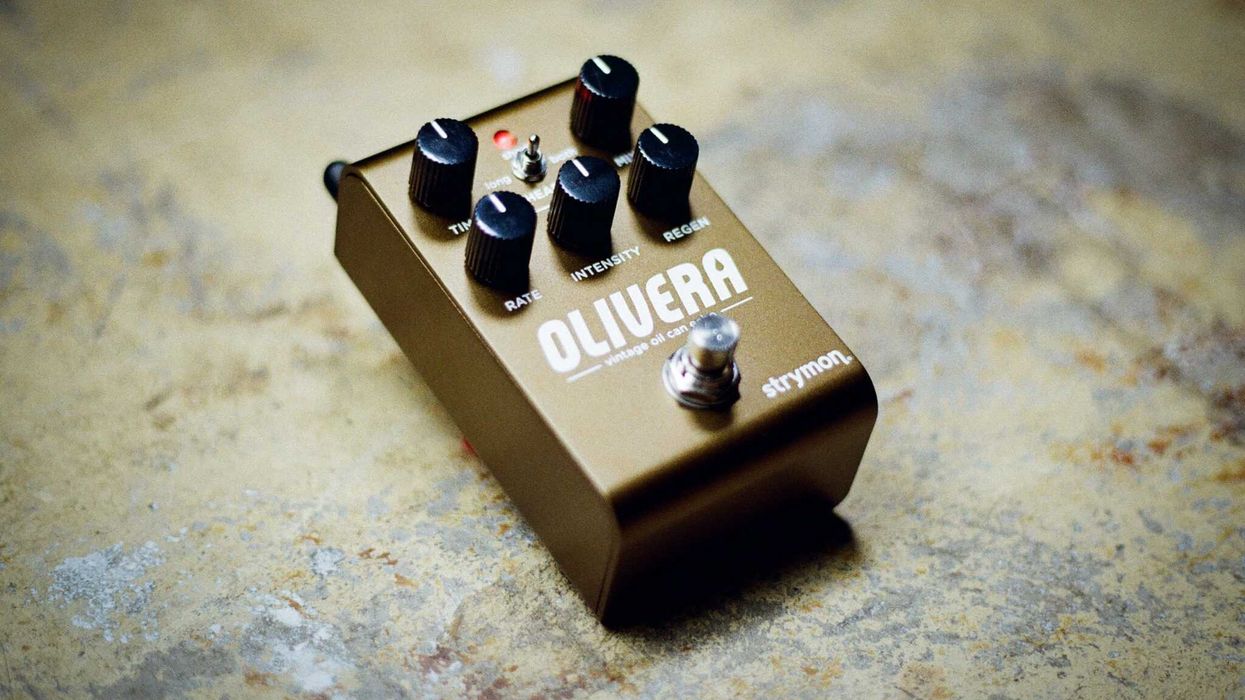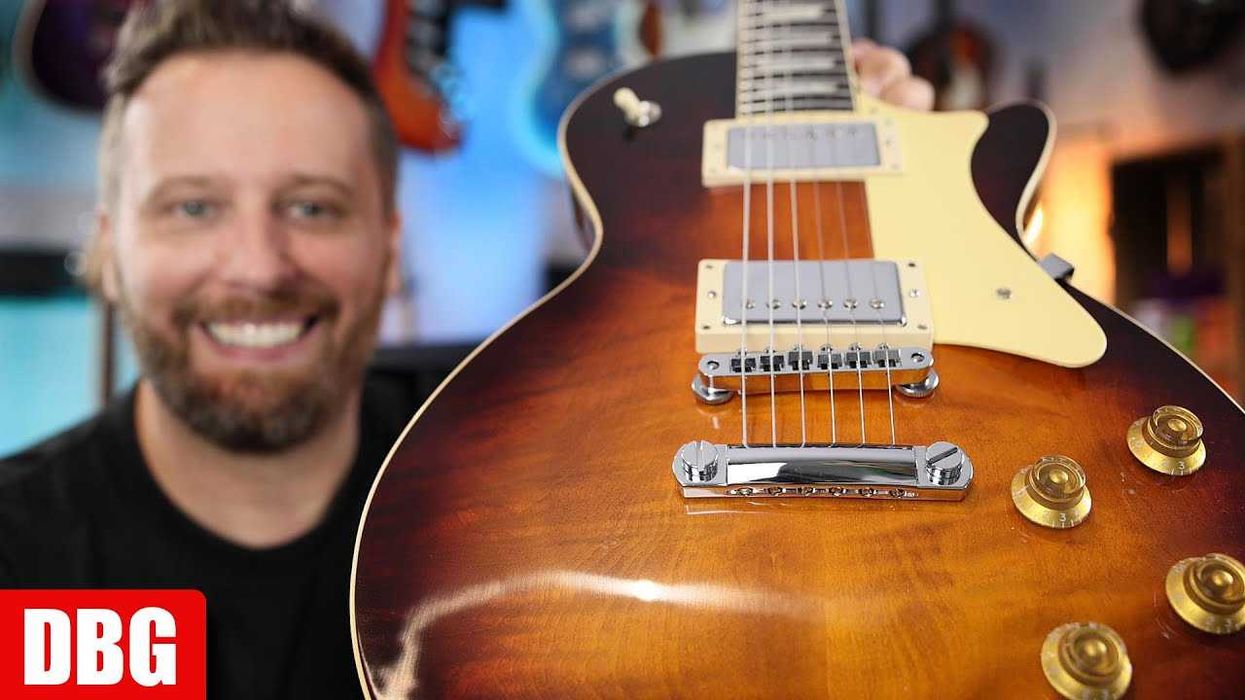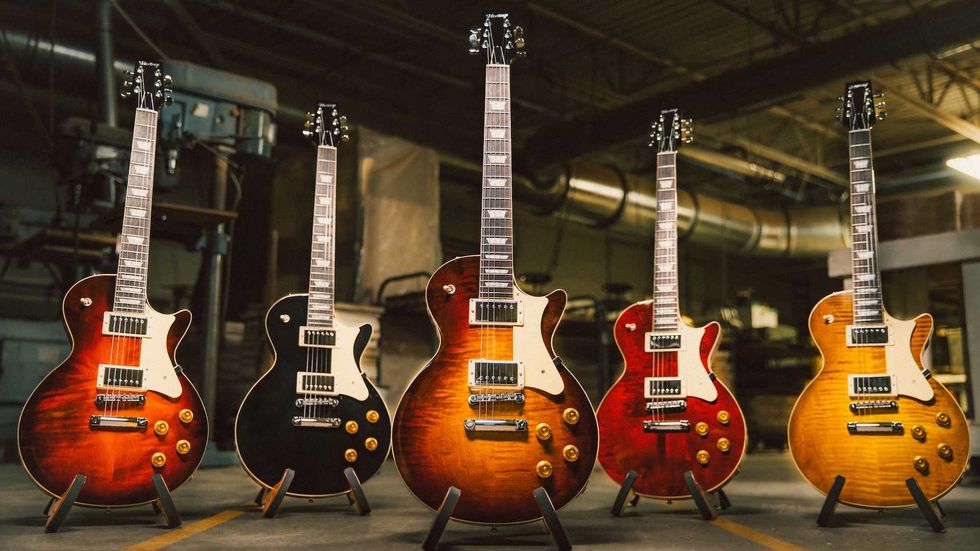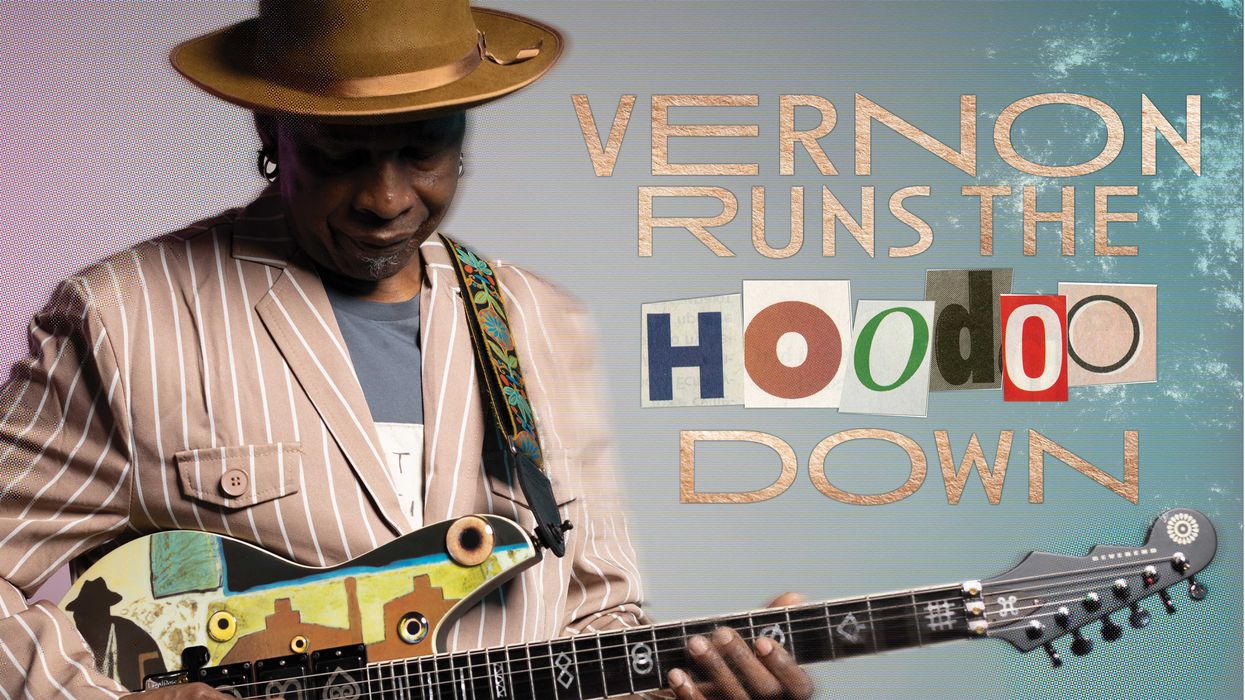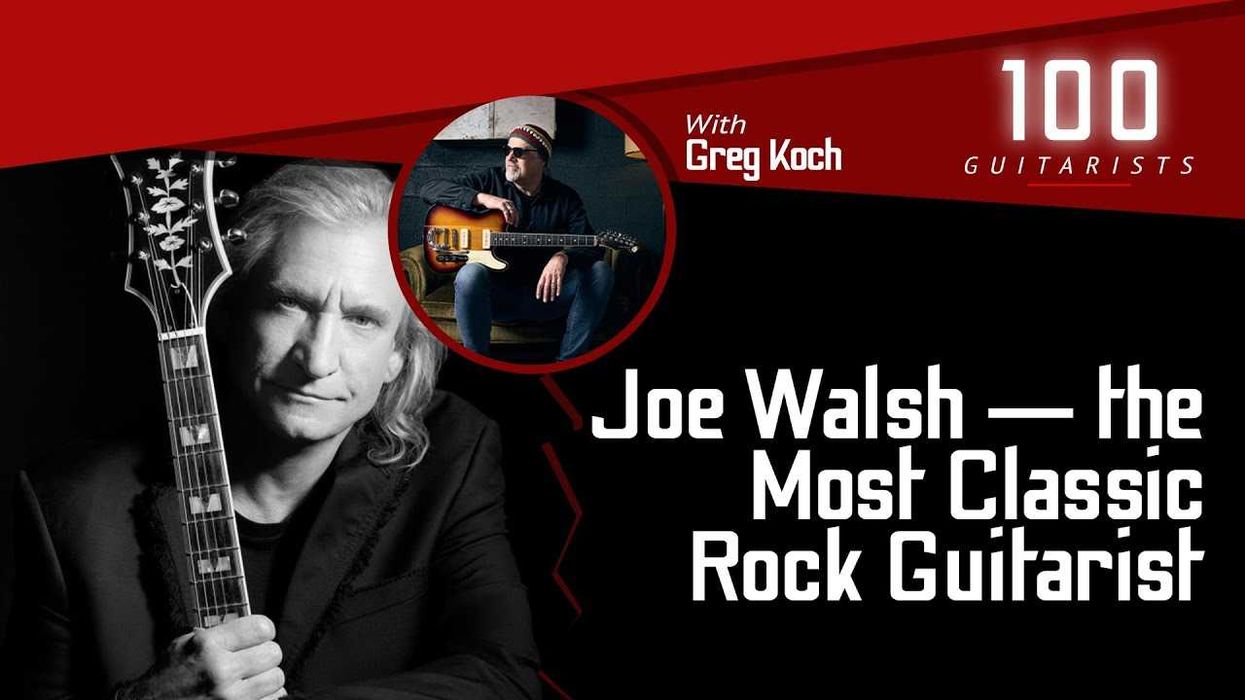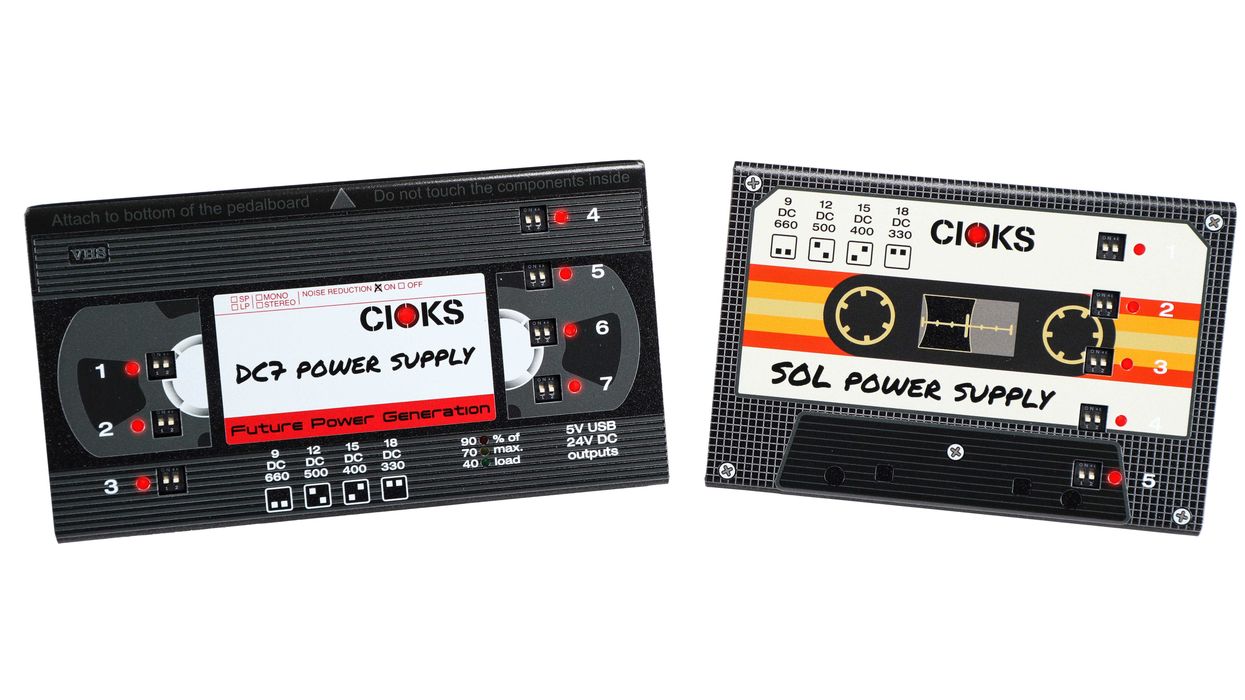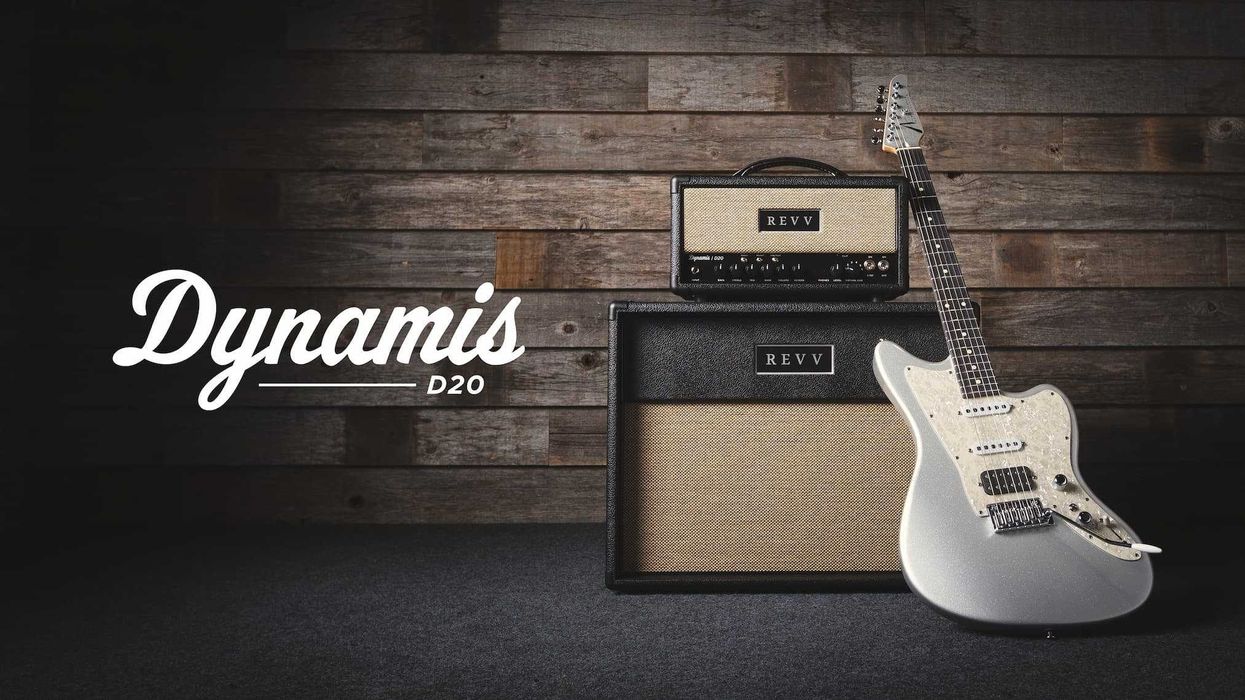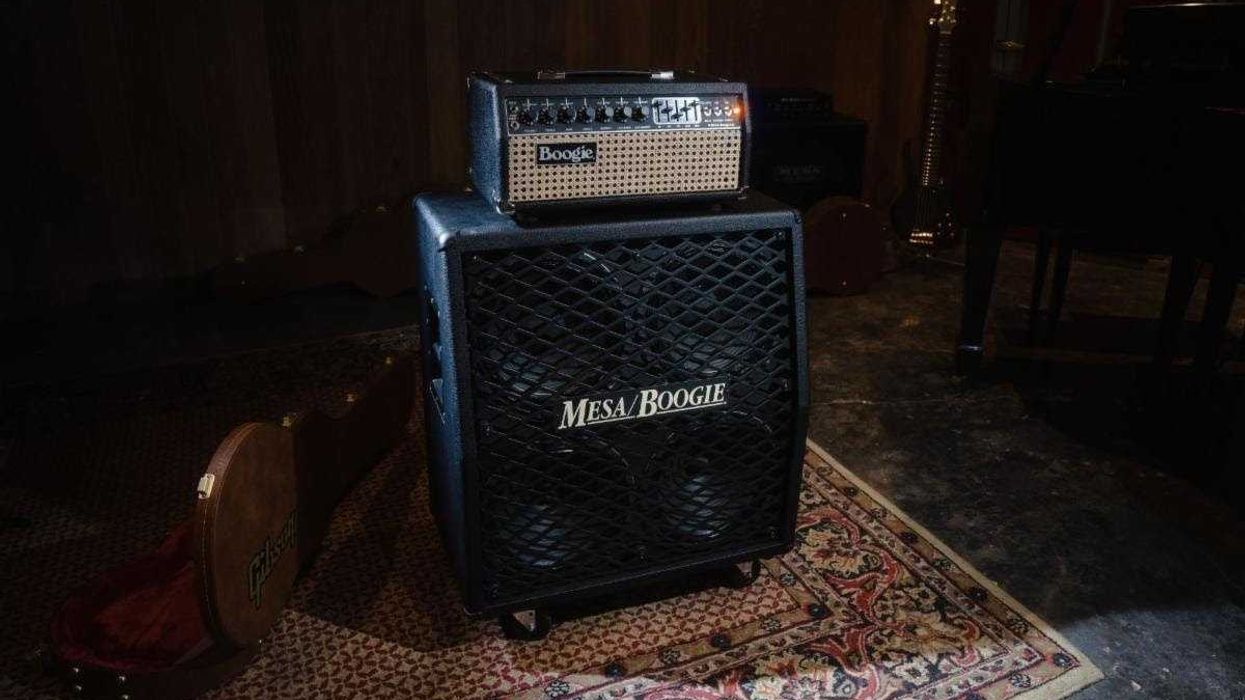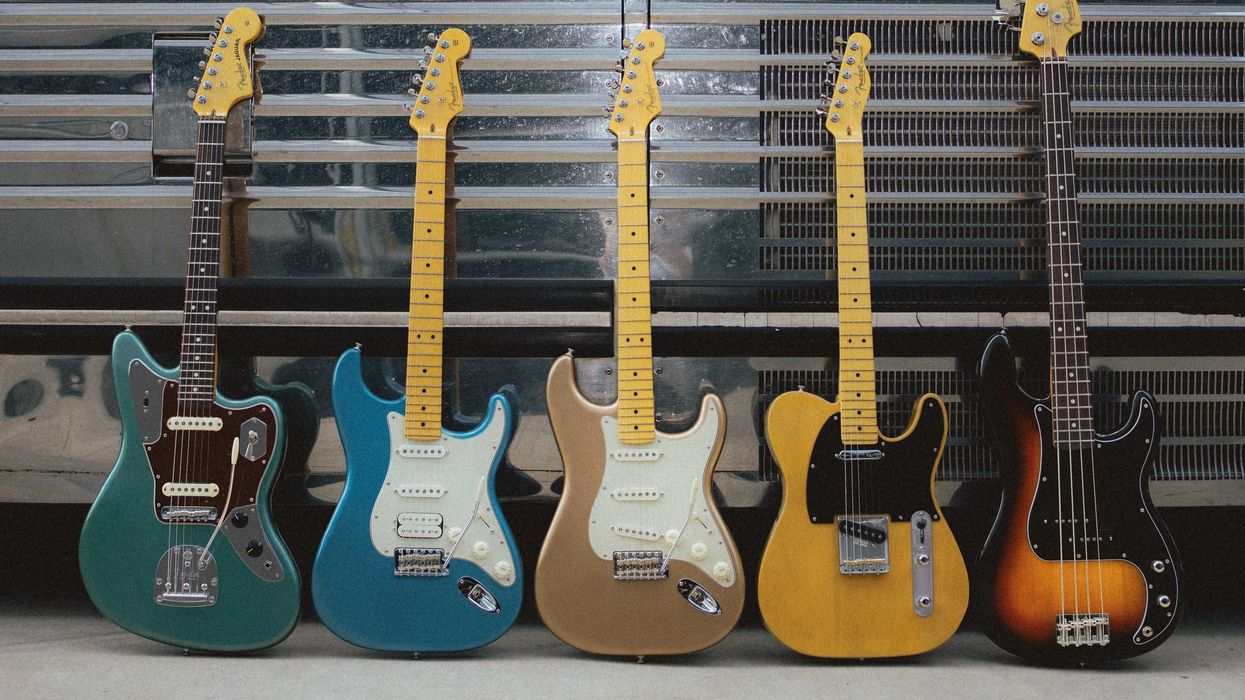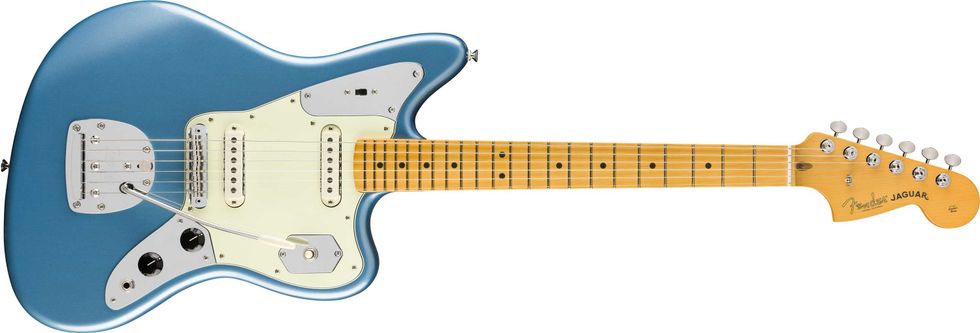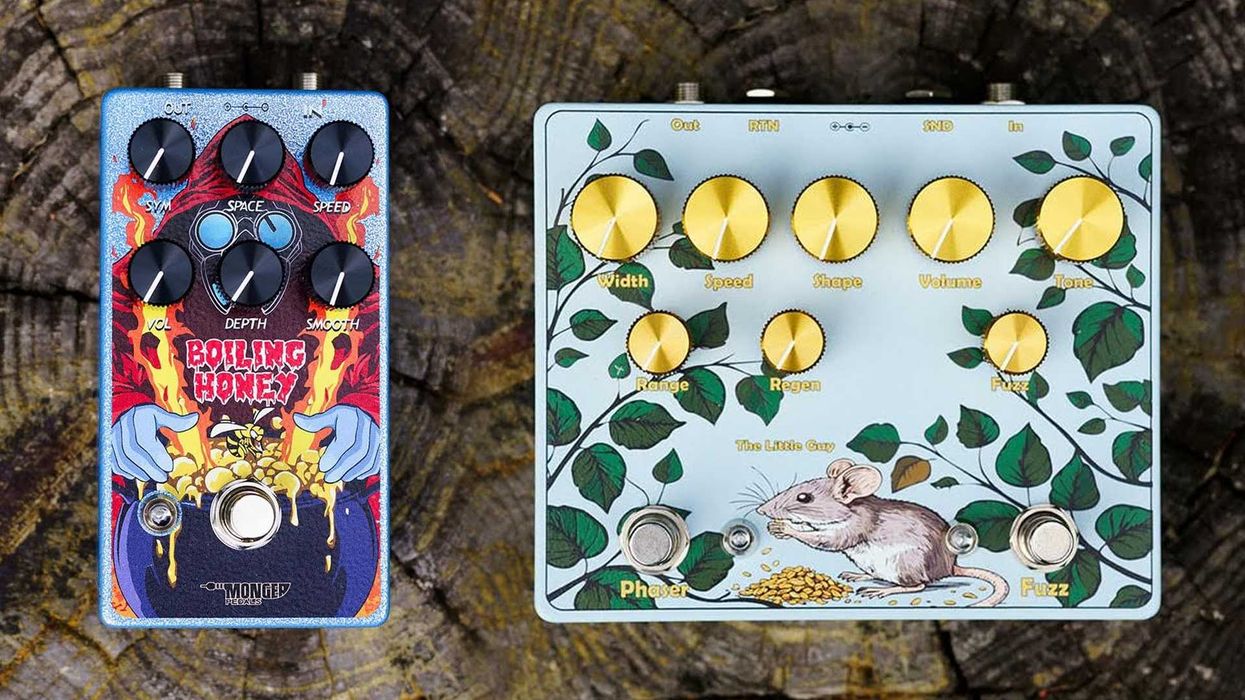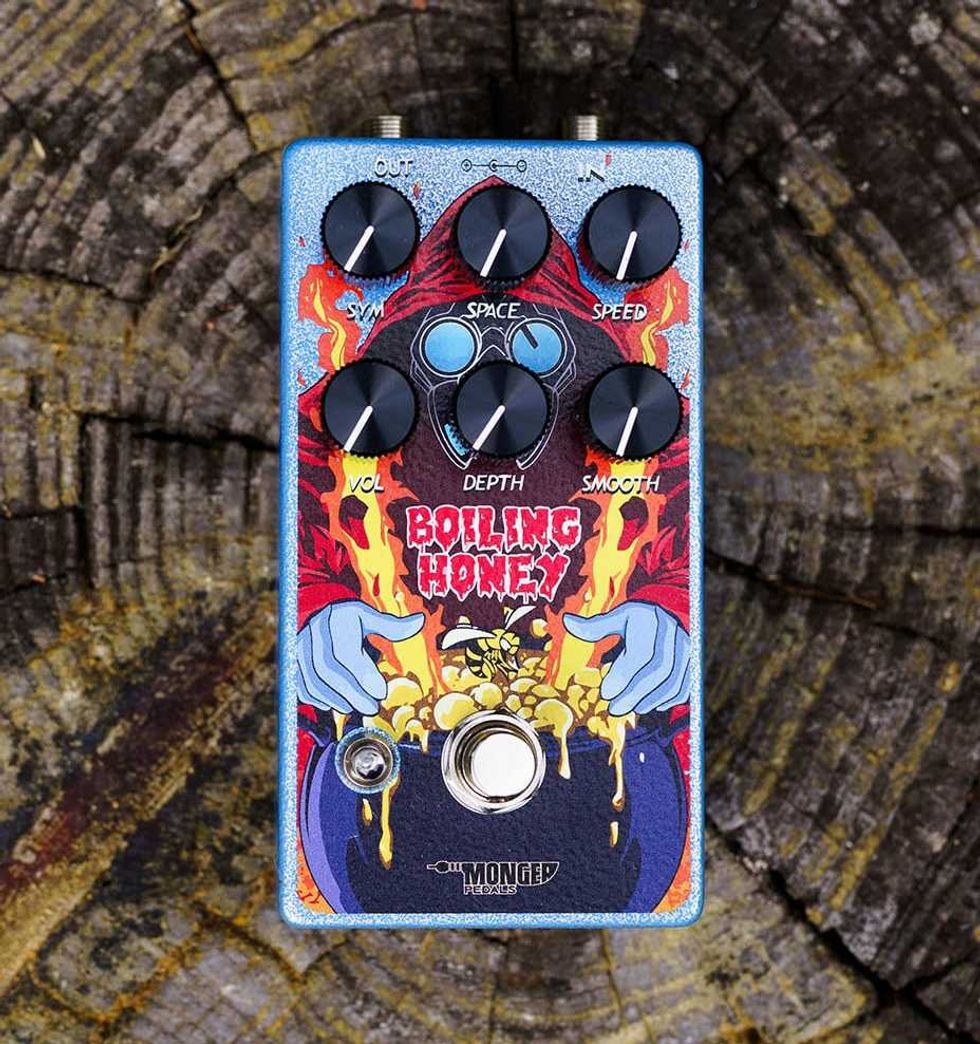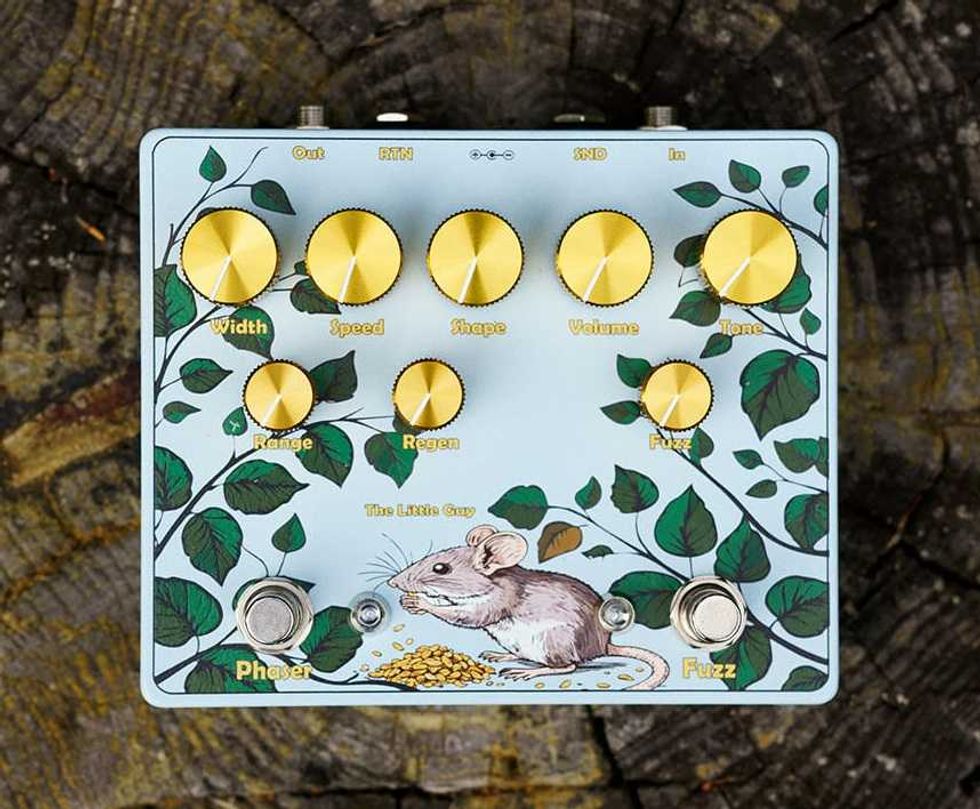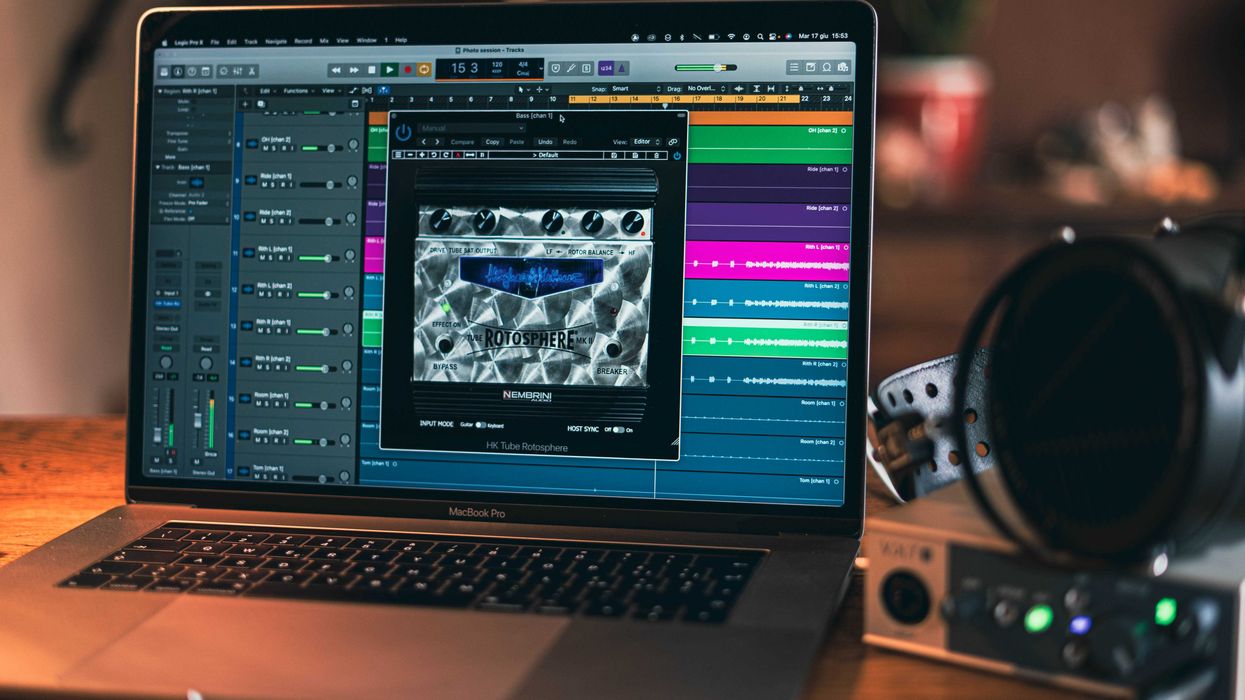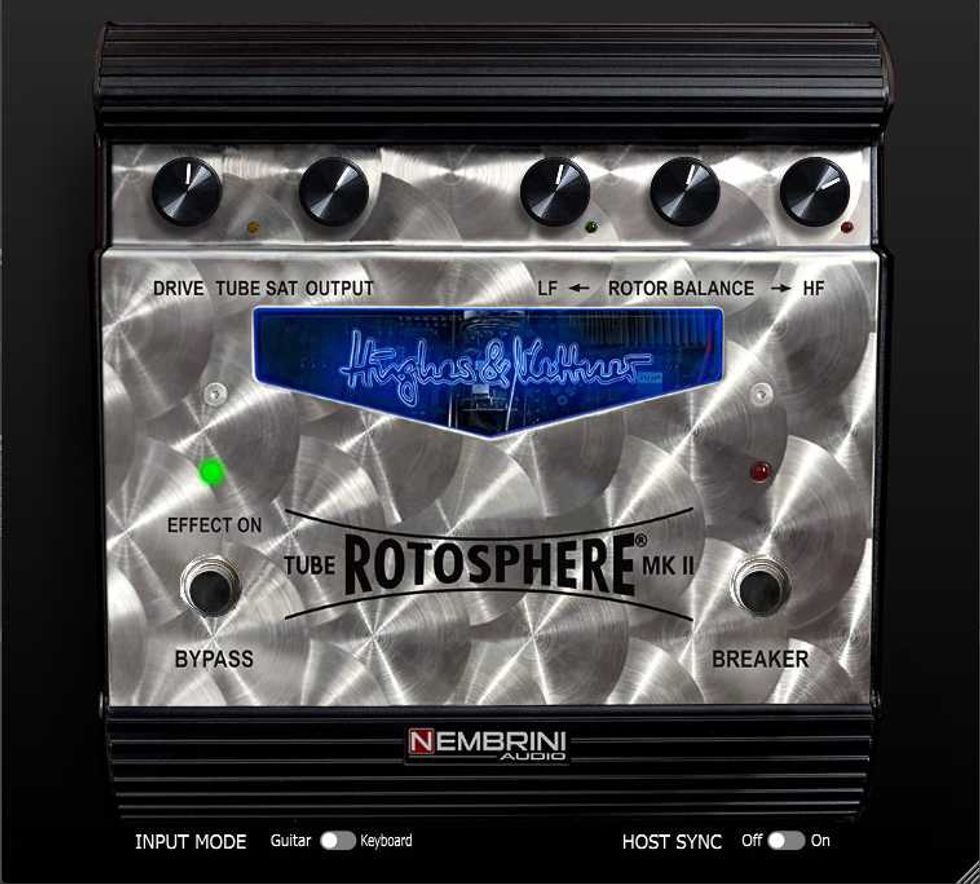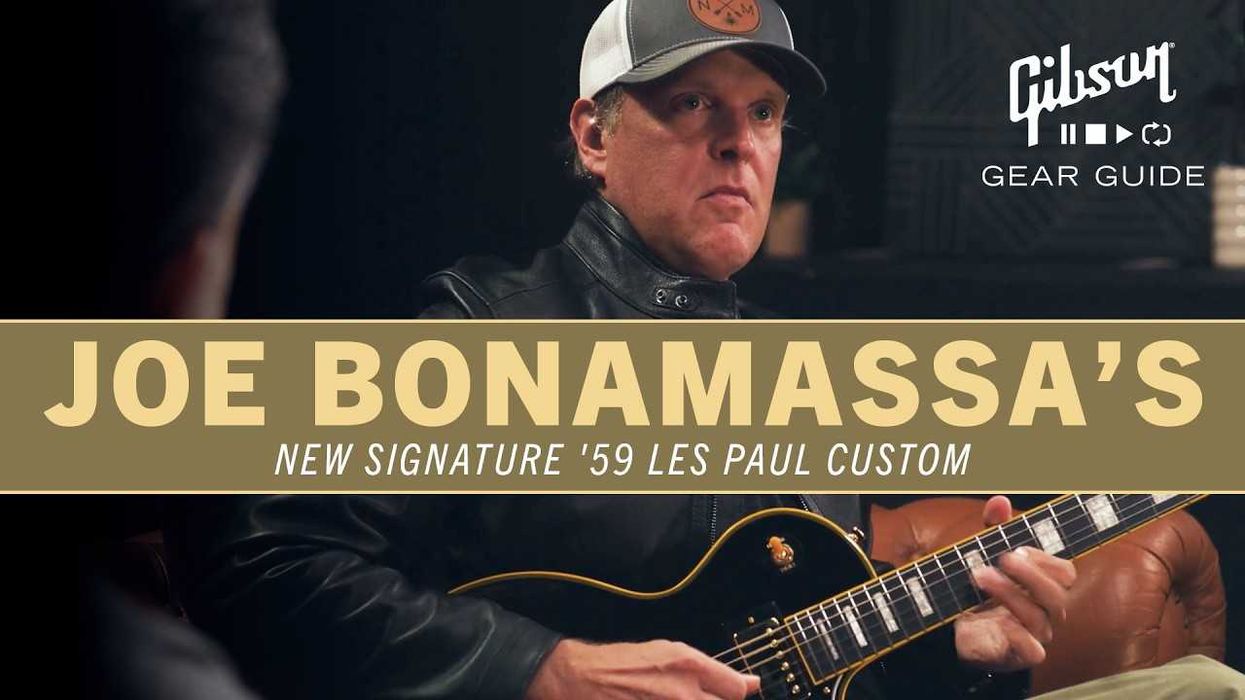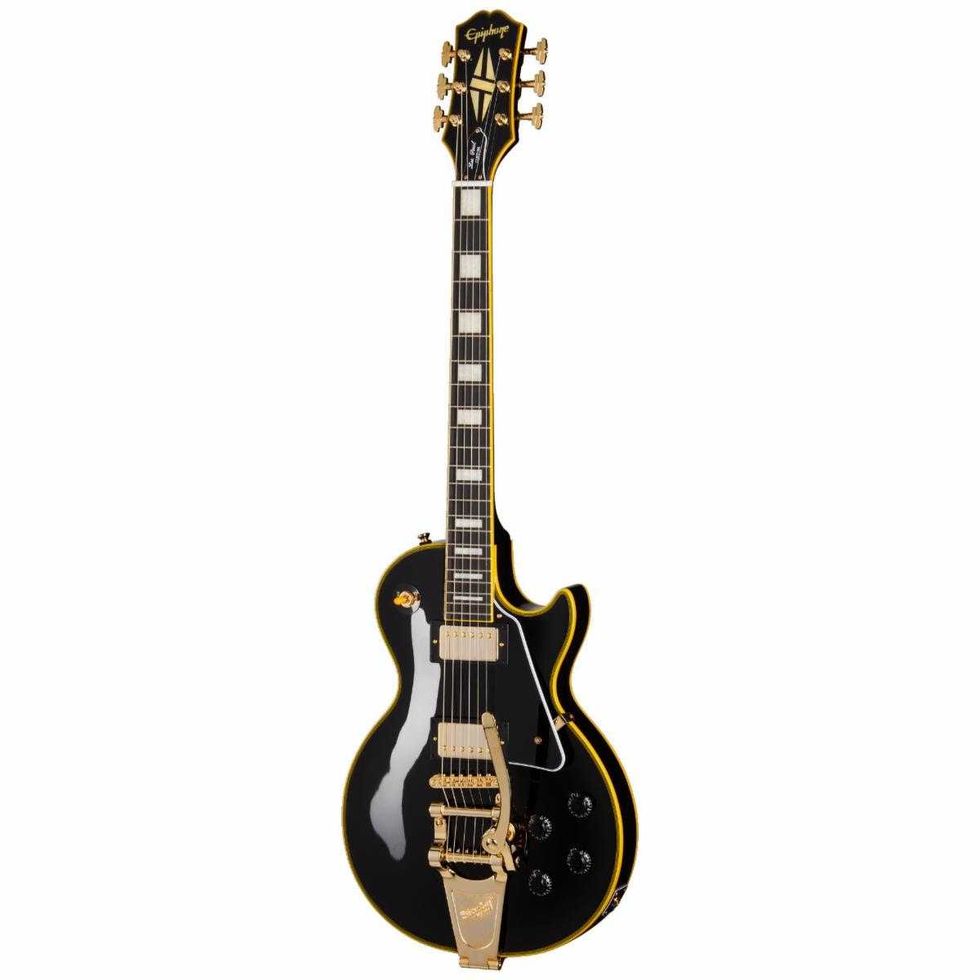The Rush guitarist partners with Mojotone on a new line of versatile, hand-built guitar amps and cabs.
Lerxst amplifiers are designed to offer a diverse palette of sounds that range from crystal-clear cleans to raging arena rock sounds and everything in between, supplemented with key features like power-scaling and serial effects loops to suit the needs of the next generation of sonic explorers, all designed to Lifeson’s exacting specifications and handcrafted in the USA by Mojotone. The initial launch includes the Omega amplifier head, Chi amplifier head and combo, and an accompanying range of matching guitar cabinets.
Omega is Alex Lifeson’s signature amplifier and the flagship of the Lerxst line. This British-voiced amplifier head features footswitchable clean and lead channels with a shared 3-band EQ, meaning a consistent tonal foundation between sounds while still offering shimmering cleans, gutsy rhythm crunch, and soaring lead tones. The amplifier has a switchable 50/25 watt power section to give it an equally usable powerband on large stages as well as in small clubs and the studio as well as a high-quality serial effects loop perfect for utilizing modulation and time-based effects.
"Lifeson’s signature sounds are easily within reach with Omega, but its versatile, characterful sounds are equally useful for players looking to chase their own creative muses and sonic landscapes." In addition to its standard version, Omega will also be offered in a Limited Edition Hand Wired version for a short time.
Lifeson stated, “I’m very excited about the new, updated Omega amp. It sounds incredible and it’s very handsome – you’ll want to get one even if you don’t play guitar!”
Chi takes the growl and tone of the Omega and places it within a more compact form factor. The 30-watt amplifier is built around 6L6 tubes for excellent headroom and a clear, articulate sound and is available as both a smallbox head and a 1x12 combo amplifier. In keeping with its lineage, Chi also includes footswitchable clean and lead channels and a serial effects loop, making it equally versatile on stage or in the studio.
“I’ve used more amps than Dr. Frankenstein did when breathing life into his creature, but the Lerxst Chi is an awesome monster in its own right and one of the sweetest sounding amps I’ve ever heard,” said Lifeson. “All the great character of the Omega in a cool, compact package that you don’t have to be a seven-foot monster to carry around.”
Both amplifiers are also accompanied by a range of guitar cabinets in multiple speaker configurations, including 1x12, 2x12, and 4x12, ideal for any stage configuration or studio application. All amplifiers and cabinets are handcrafted to the highest standards with top quality components in Mojotone’s Burgaw, NC-based factory. The cabinets, head shells, and combo speaker cabinets are made of voidless baltic birch and finished with a striking race gray and red garnet levant Tolex finish for a lifetime of gigging and playing.
Omega Specifications
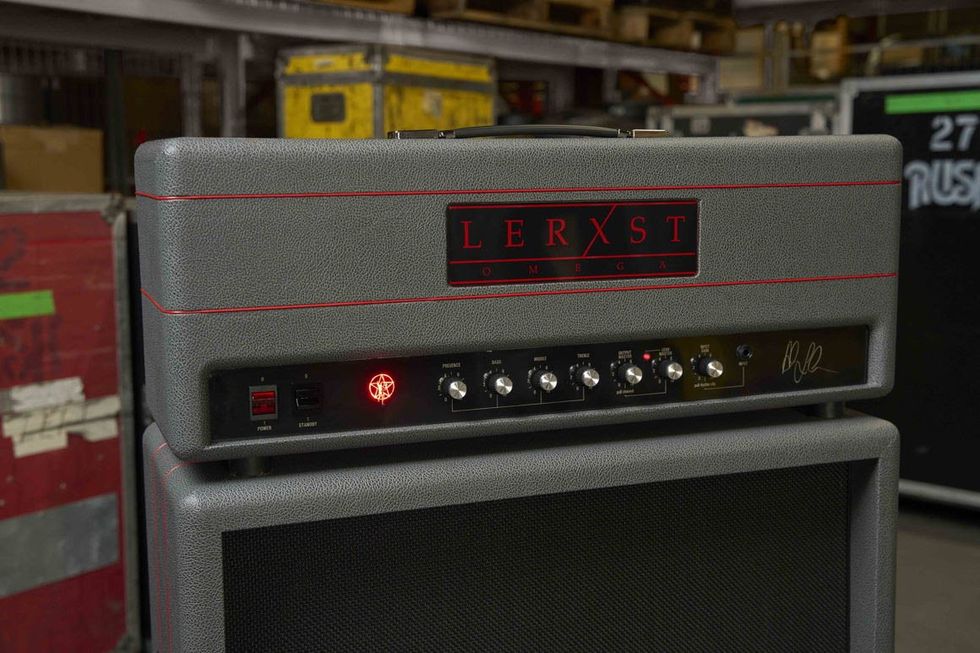
- 3x JJ 12AX7 Preamp Tubes
- Selectable Impedances: 4, 8 or 16 ohms
- Switchable Power Output between 50 and 25 Watts
- Two Channels (Switchable)
- Shared three-band EQ
- 2x JJ EL34 Power Tubes
- Footswitchable clean and lead channels (Can also use pull knob on Master volume)
- Speaker Outputs: 2x J¼" Jacks (16Ω/ 8Ω/ 4Ω)
- Included Lerxst Footswitch
- Inputs: 1x Instrument Jack, Footswitch
- Controls: Presence, Bass, Middle, Treble, Output Master, Channel Select, Lead Master, Input Gain
- Dimensions: (H) 10 ¾" x (W) 29" x (D) 8 ¼"
- Serial effects loop
- Weight: 44lbs
- MAP $3,495 (Limited Edition Hand Wired AmplifierHead) or $2,495 (Standard Edition Amplifier Head)
Chi Specifications
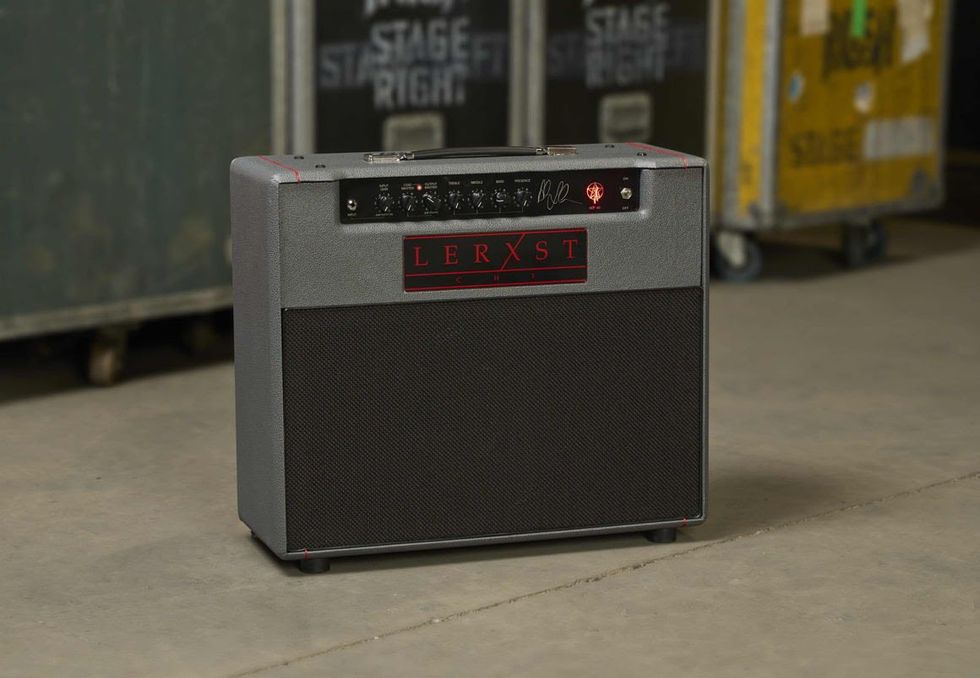
- Custom CTS Potentiometers
- Finger-jointed Baltic Birch Cabinet
- Custom built in Burgaw, NC USA
- Carbon Comp Resistors
- Starman Power Indicator Light
- Lerxst Chi One Button Footswitch Included
- Footswitchable clean and lead channels (Can also use pull knob on Master volume)
- Race Grey and Red Garnet Levant Tolex Finish
- Shared three-band EQ
- Power Output: 30 Watts
- Hand-loaded PC Board construction
- Serial Effects Loop
- USA Made Heyboer Transformers
- Mojotone Dijon Coupling Capacitors
- Selectable Impedances: 4, 8 or 16 ohms
- Three JJ 12AX7 preamp tubes and two JJ 6L6 power tubes
- MAP $1,995 (Chi Combo Amplifier) or $1695 (Chi Amplifier Head)
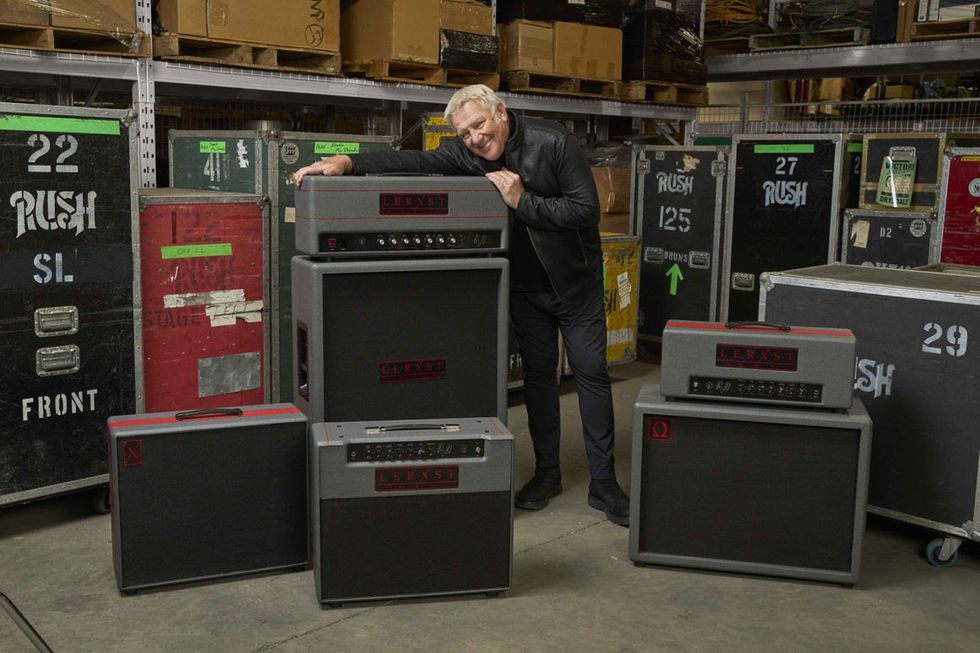
“There has been an explosion of guitar music within the past five years that has been incredible to witness in its diversity of sounds and players. Lerxst amplifiers provide a platform for these players that offers the power and quality of tone of the best amplifiers of the past, while also providing key features like power scaling and high-quality effects loops that reflect the needs of players today.”
For more information, please visit lerxstamps.com.
